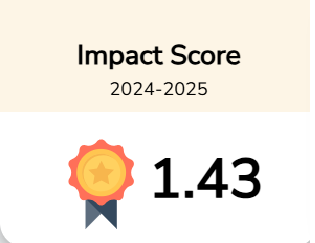Differences in Girth Measurement of BMI Based and Locally Available Categories of Shirt Sizes
Downloads
Consumers wearing ready-made clothes give significant importance to the fit of the garment. Given that ready-made (RM) apparel depend on an accurate estimate of the distribution of body shapes and sizes within a target population. The purpose of the study was to find out the sizes of local readymade shirt and compare them with established body mass index (BMI) based sizes for small, medium, large, and extra large. The selected girth measurements were shoulder, bust, waist, and hip. The total population/sample was 530 girls aged between 16-22 years, of a public college. Association through chi square was analyzed between BMI of girls and their actual body sizes for shoulder, bust, waist and Hip, these girth measurement showed significant association with BMI (P value < 0.05). Pattern sizes were also developed by adding amount of ease in the standard sizes. It was concluded that locally available apparel garments are not manufactured on the right sizes of the girls (aged between 16-22 years), these available sizes are much larger than the actual body sizes of the girls, hence the available sizes of local ready-made garments need revisions and accuracy in order to obtain good fit as well as to provide satisfaction to the targeted consumers.





